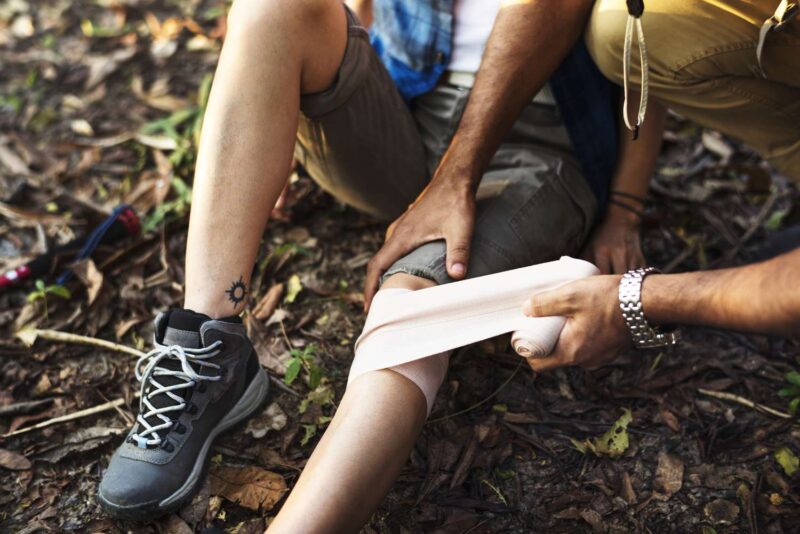
Introduction
When disaster strikes, whether it’s a natural catastrophe or a sudden emergency, being prepared can mean the difference between life and death. In these critical moments, essential first aid skills for preppers are your first line of defense. Think of first aid knowledge like the roots of a tree—strong, steady, and deeply woven into your survival plan. Without them, everything else in your prepping strategy is more likely to topple under pressure.
Knowing how to treat a wound, stabilize a sprain, or even administer CPR can be life-saving skills, especially when professional help may be hours, or even days, away. After all, when you’re responsible for your own survival and the safety of your loved ones, knowing how to manage injuries and medical emergencies is as crucial as having food, water, and shelter on hand. Let’s dive into these foundational skills and ensure you’re ready for whatever life throws your way.
Basic First Aid Principles for Survival Situations
In any emergency, it’s essential to stay calm and think before you act. Effective first aid isn’t just about treating injuries; it’s also about keeping yourself and others safe while you provide care. Here’s a quick breakdown of the foundational principles:
Scene Assessment: Before approaching the injured person, take a moment to look around. Are there any hazards that could harm you or worsen the injury? Check for unstable ground, sharp objects, dangerous wildlife, or environmental hazards like fire. Step in to help only when you’re sure it’s safe.
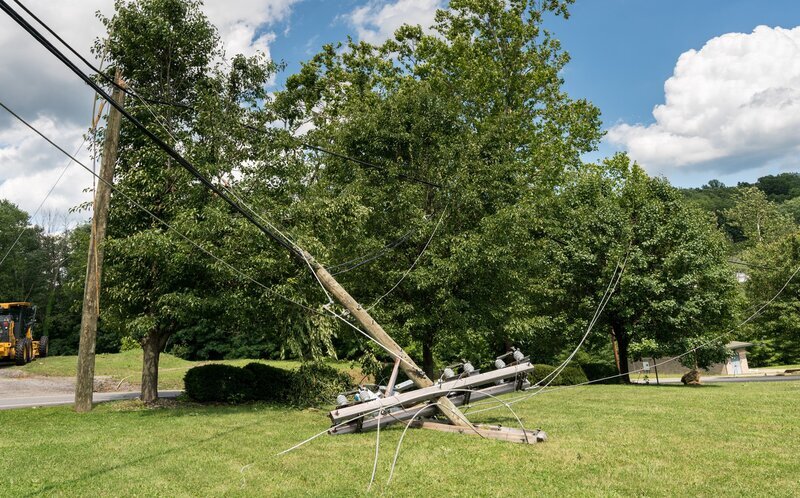
Prioritize Injuries: Assess the injured person’s condition by focusing on life-threatening issues first. Remember the ABCs of first aid—Airway, Breathing, and Circulation. If someone isn’t breathing or has heavy bleeding, those needs should take priority over a less severe injury like a sprained ankle.
Self-Protection: First aid isn’t only about the person in need; you also have to protect yourself. Use gloves if available, maintain personal distance from hazards, and make sure you’re in a safe, stable position before administering aid. Keeping wounds clean is critical in a survival scenario, where infection is a significant risk.
Natural Remedy #1: Willow bark has been used for centuries as a natural pain reliever. It contains salicin, which works similarly to aspirin. Chewing on a small piece or brewing it as tea may help ease pain in emergencies.
Essential First Aid Skills for Preppers
Once you have the basics down, mastering these core first aid skills will equip you to handle common injuries and complications in a survival scenario.
Wound Care: Keeping wounds clean is crucial in the wilderness or during a crisis where infections can turn severe quickly. Flush wounds with clean water (or antiseptic if available) to remove dirt and debris, then apply a sterile dressing to keep contaminants out. Secure the dressing with tape or a bandage, making sure it’s snug but not too tight.
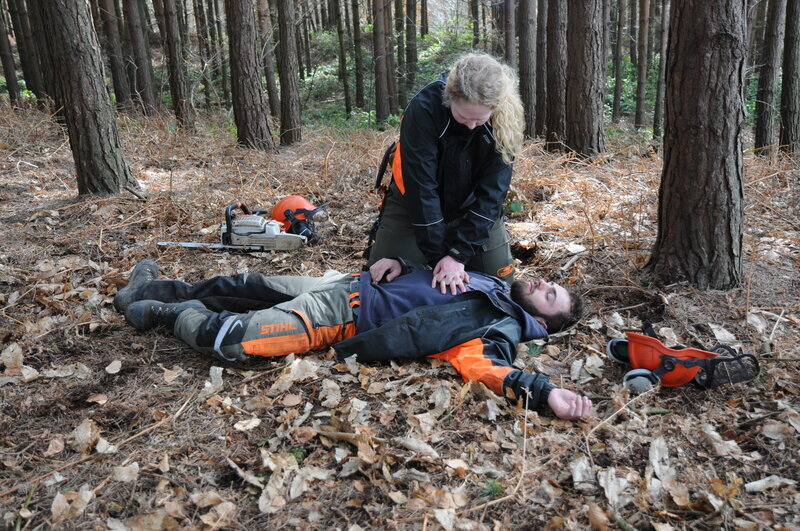
CPR and Rescue Breathing: In emergencies where someone isn’t breathing or their heart has stopped, CPR can make all the difference. Think of it as an attempt to “restart” the heart. Place your hands at the center of their chest and apply firm pressure with rhythmic compressions, aiming for about 100–120 compressions per minute. For rescue breathing, provide two breaths after every 30 compressions if you’re trained.
Bleeding Control: Stopping severe bleeding quickly is essential. Apply firm, direct pressure on the wound with a clean cloth or bandage to help slow blood flow. In extreme cases, a tourniquet may be necessary; place it above the injury site and tighten until bleeding stops. Remember to use a tourniquet only when absolutely necessary, as it can restrict blood flow to the affected limb.
Fracture Stabilization: When dealing with a broken bone, stabilizing the injury is key. Use a splint (or makeshift support like sticks and cloth) to keep the broken bone from moving. Think of it as creating a “brace” that holds the limb steady, helping prevent additional damage or pain.
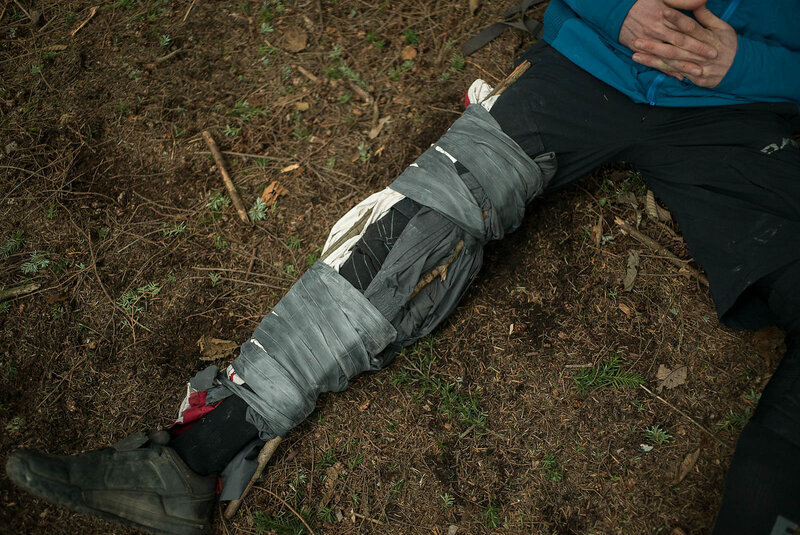
Shock Management: Shock can be a silent but dangerous side effect of severe injury or trauma. Symptoms of shock can include pale skin, shallow breathing, and a weak pulse. Help the person lie down, elevate their legs slightly, and keep them warm with a blanket if available. Provide calm reassurance, as this can help ease their symptoms and prevent the shock from worsening.
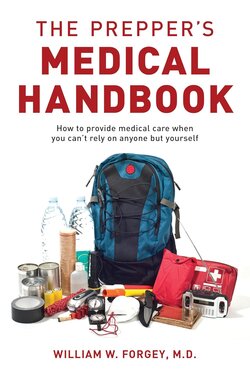
The most comprehensive guide to crisis medicine ever written for everyday people. The Prepper’s Medical Handbook offers you the knowledge and skills to handle medical emergencies.
Other Essential Survival First Aid Skills
While the skills above cover the essentials, there are a few more basic techniques every prepper should master.
Burn Treatment: Burns are a common injury in survival situations. For minor burns, cool the affected area with water immediately. Avoid applying ice directly, as this can damage the skin further. Once cooled, cover the burn with a sterile, non-stick dressing to protect it from infection.
Natural Remedy #2: Honey is a powerful natural antiseptic that can help prevent infection. Applying a thin layer over a cleaned wound and then covering it with a bandage can speed up healing.
Heat Exhaustion and Dehydration: These conditions can sneak up quickly, especially in hot climates. Encourage the person to drink small amounts of water frequently and rest in the shade if possible. Look out for signs like confusion, excessive sweating, or dizziness, which indicate the need for immediate action to cool down and rehydrate.
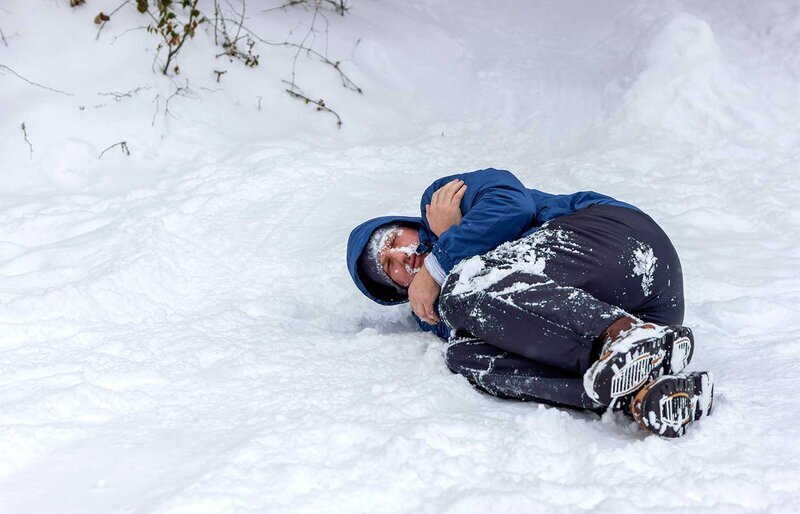
Handling Hypothermia: Hypothermia can set in quickly in cold or wet conditions. If someone is showing signs like shivering, confusion, or drowsiness, move them to a warmer area and gradually warm them with blankets. If dry clothes are available, help them change to remove damp or wet layers.
Natural Remedy #3: Wild peppermint leaves, which have a fresh scent and cooling effect, can help relieve headaches and nausea. Chew a few leaves, or crush them and inhale the scent for a quick boost in relieving these symptoms.
Conclusion
In conclusion, mastering essential first aid skills for preppers is a crucial aspect of being fully prepared for any emergency. Whether you’re treating a simple scrape or managing a more serious injury, having the right knowledge can help you act swiftly and confidently. The skills you’ve learned in this article can give you the tools to save lives, minimize harm, and ensure that you’re not just surviving but thriving in a crisis.
Remember, in any emergency, the first few minutes are critical, and your preparedness—backed by essential first aid knowledge—could make all the difference when it counts most. Equip yourself with these vital skills, and you’ll be ready for anything the world throws your way.
Subscribe to my newsletter to get notified of new posts!
As an Amazon Associate, I earn commission from qualifying purchases.
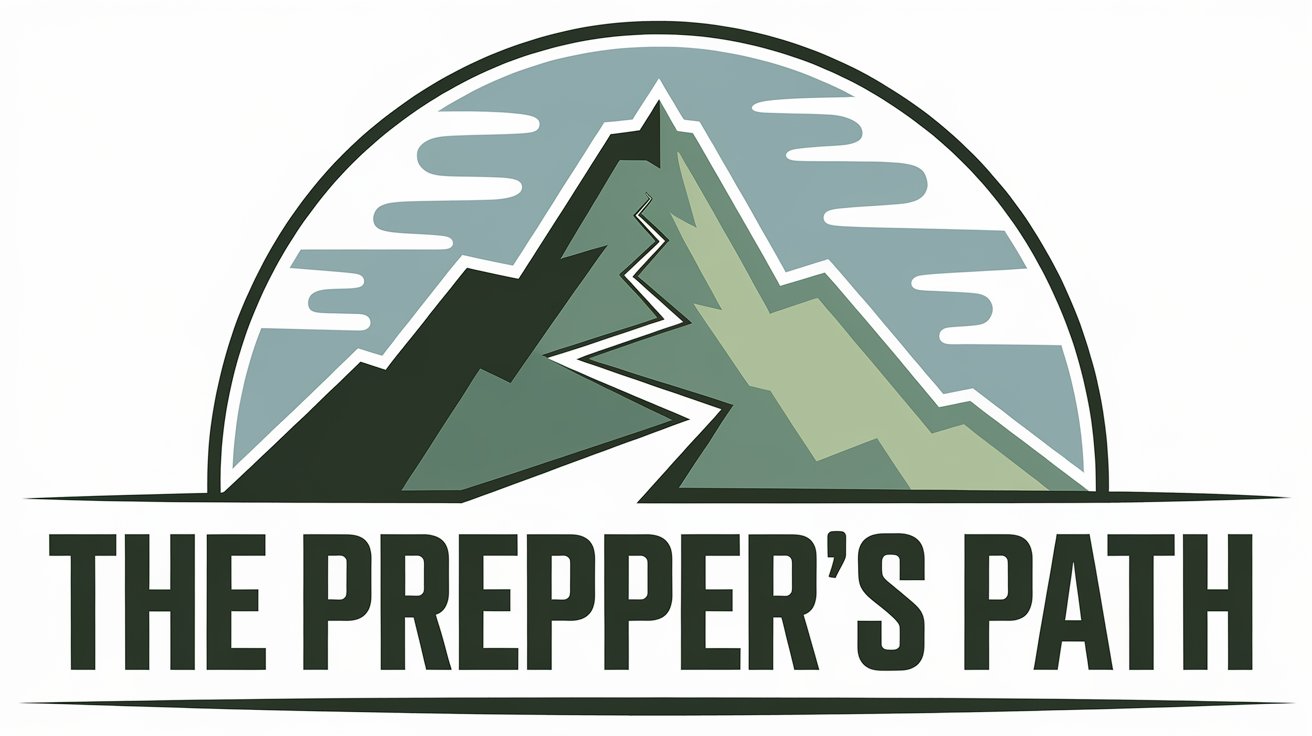
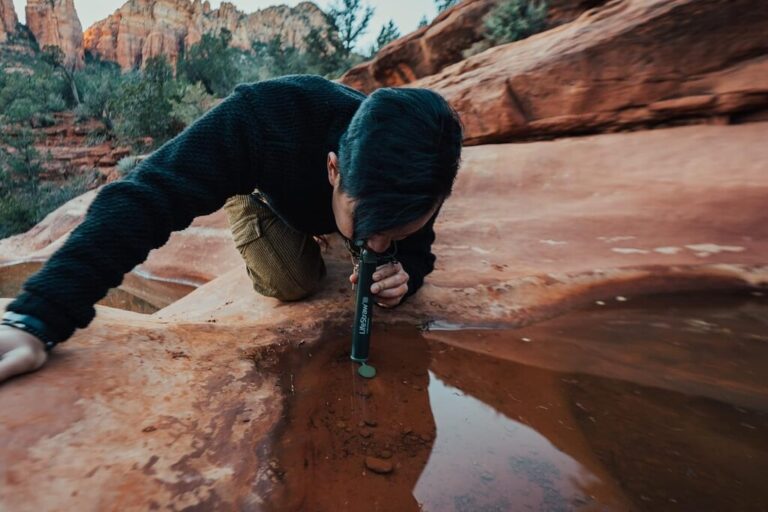
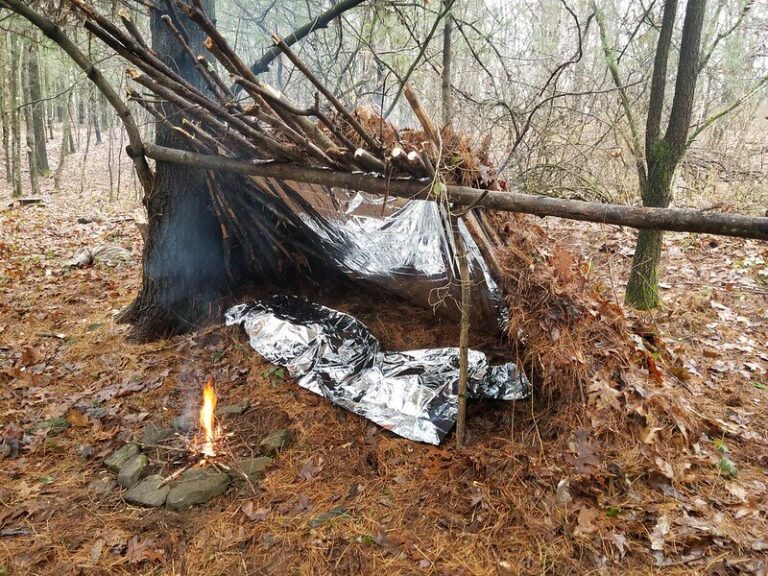
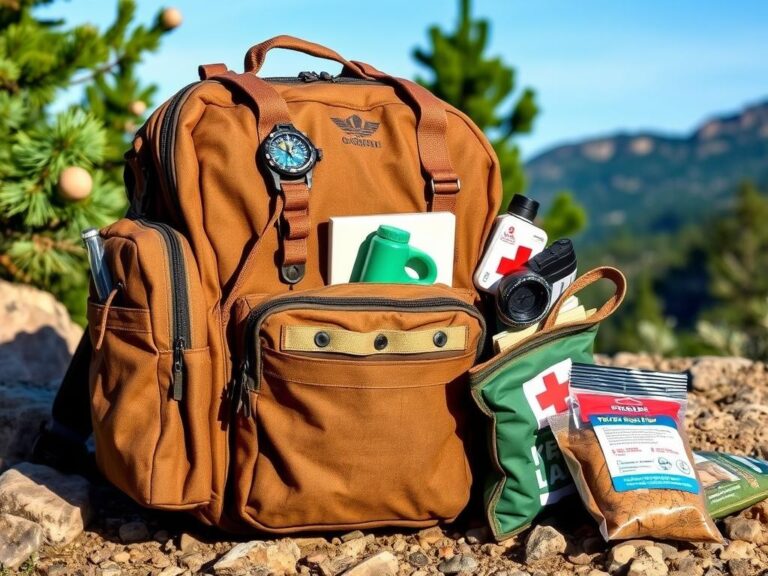
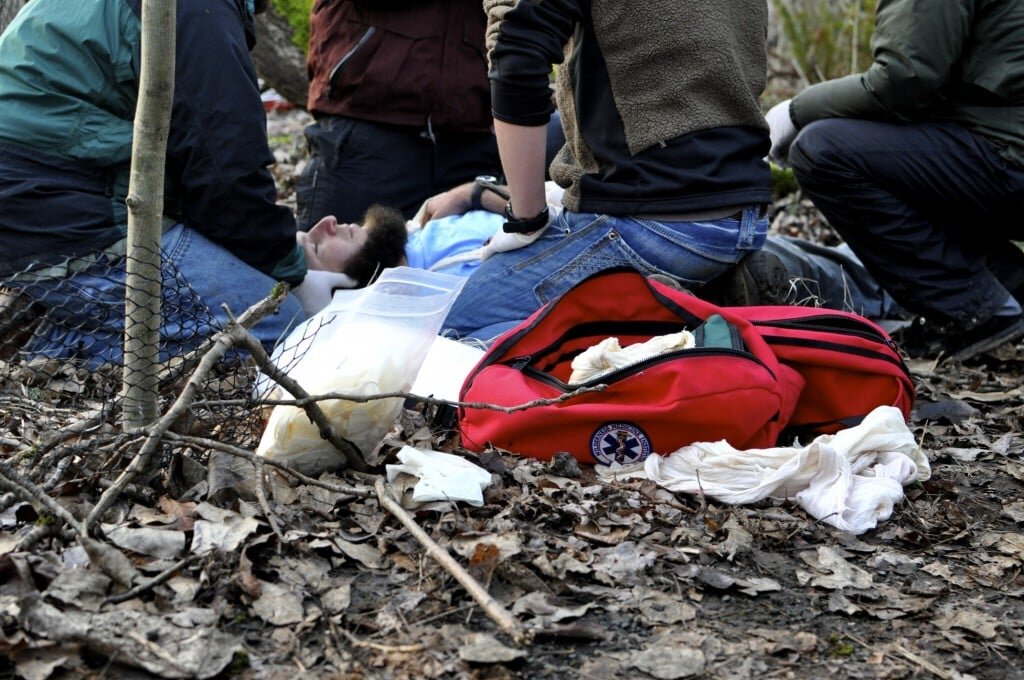
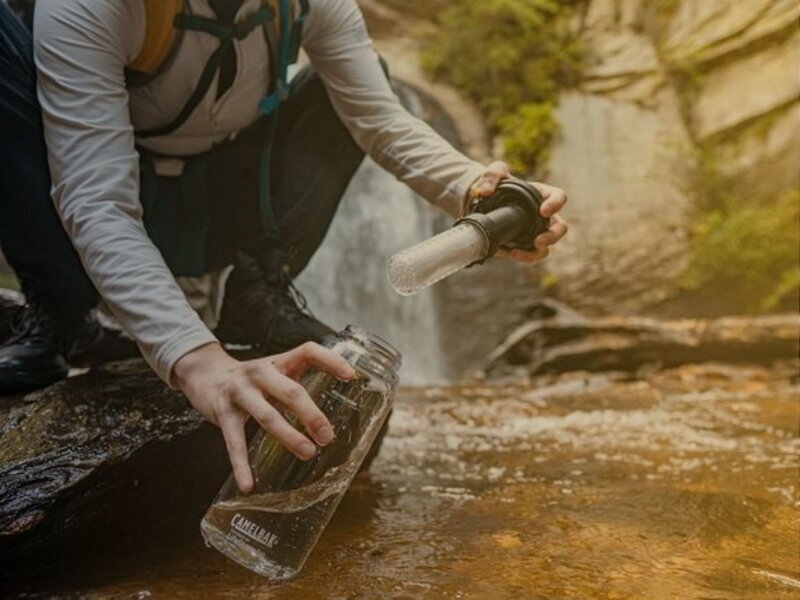

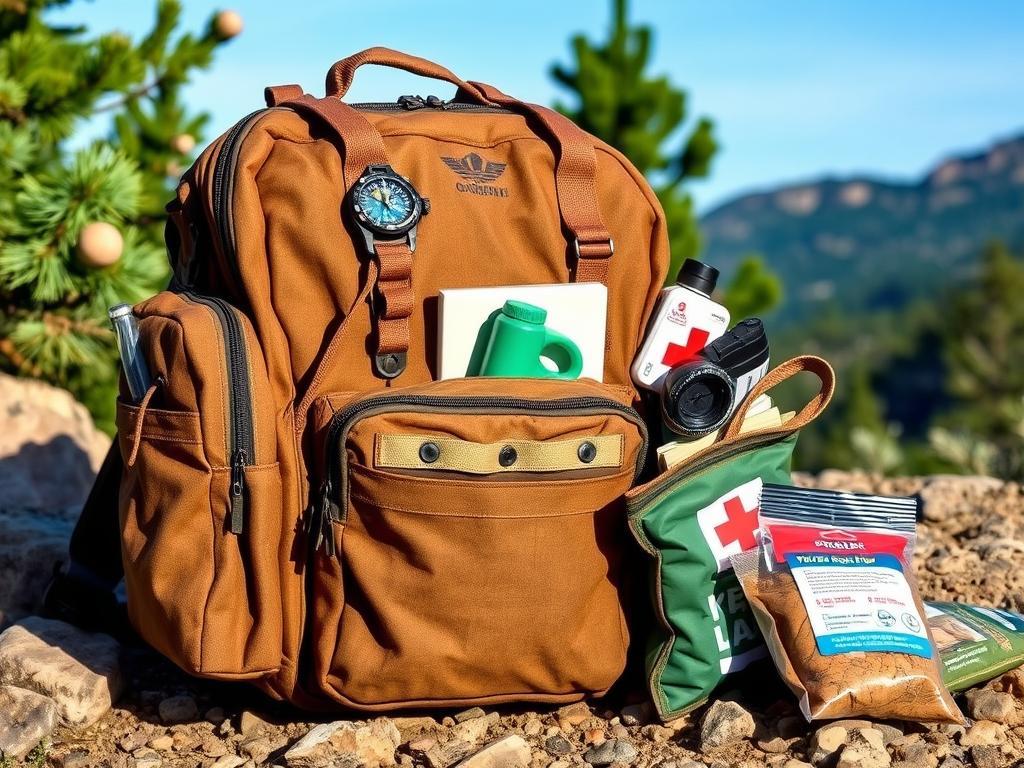
mn31p9
mn31p9